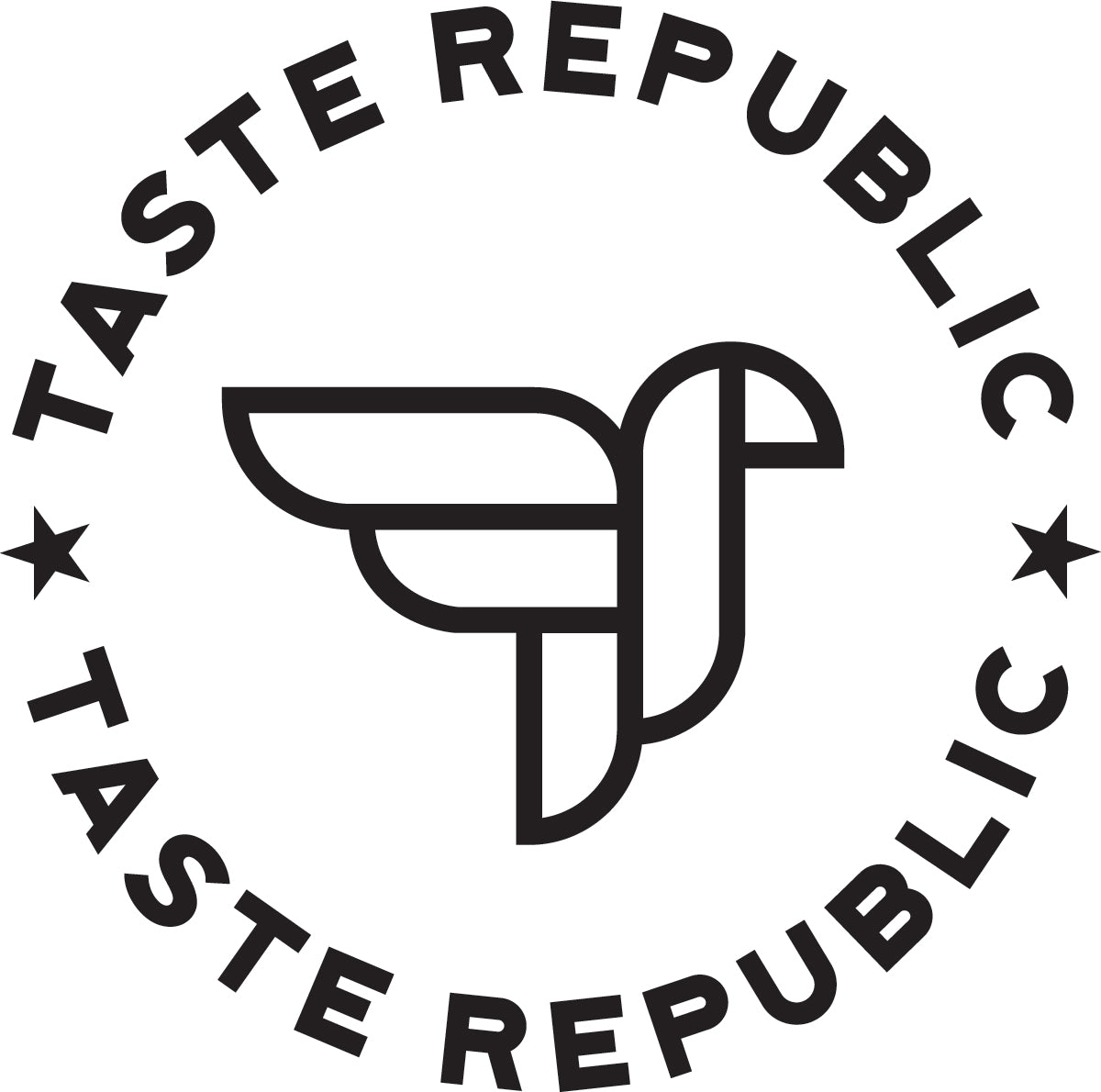Look, we take pasta seriously. It’s our craft and profession so, ya know, we want to. And yes, our mission to make gluten-free pasta that doesn’t sacrifice taste and texture is no joke – because for us, everyone should get to enjoy the pleasures of perfectly made pasta.
With that said, pasta, with its many shapes, varied histories … and even superstitions, should be fun. It’s fun to eat, it’s fun to explore new types, and heck, it’s just fun to say their names. Try to say “Fusilli” and not smile. We’ll wait.

